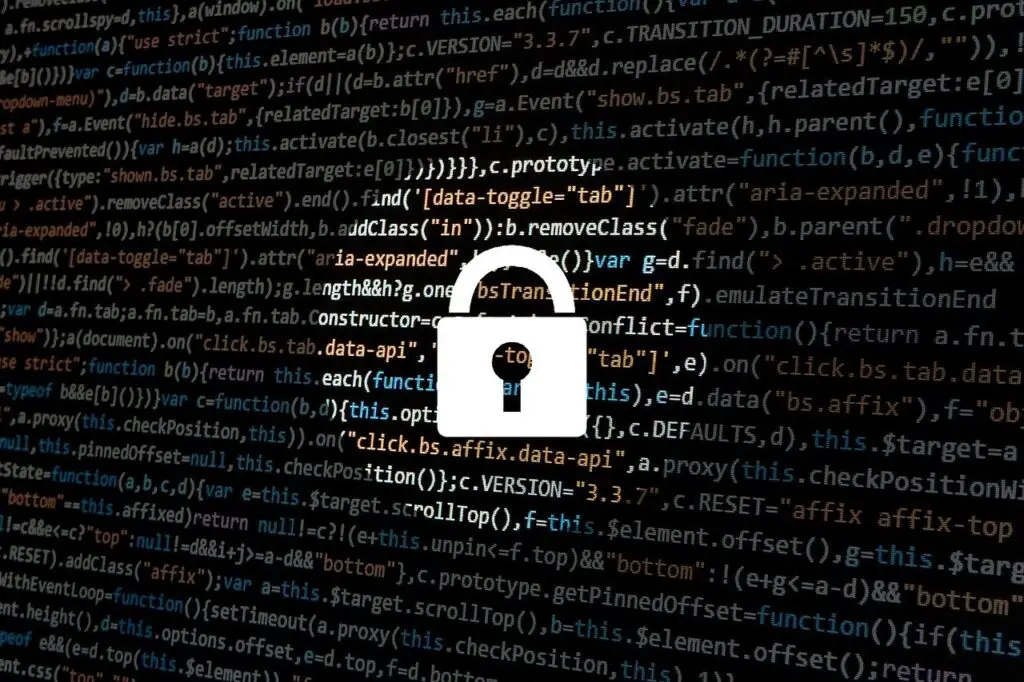Facebook, instagram down globally; Meta users are facing login issues
Global shockwaves were caused by a massive hack that stopped users from accessing popular social networking sites including Facebook and Instagram. Global users experienced trouble accessing the platforms; numerous users reported abrupt logouts and error warnings. The incident happened on Tuesday night and brought up issues with online platform integrity as well as cybersecurity risks.
Experts in cybersecurity say that the disturbance was probably brought on by a Distributed Denial-of-Service (DDoS) assault, in which a large volume of data overwhelms servers, making them unavailable to authorized users. Prominent cyber expert Anuj Agrawal stressed that the attack might have been planned with the use of automated computer programs, or bots, that are intended to bombard servers with fictitious login attempts.

Millions of customers worldwide were impacted by the roughly 50-minute outage, which sparked a rush of outage reports on websites like Downdetector.com. The magnitude of the interruption was shown by the over 300,000 and 20,000 outage complaints that Facebook and Instagram received, respectively. The fact that similar problems were also noted with Meta’s Messenger and Threads applications emphasizes how pervasive the cyber attack was.

The cyberattack coincides with rising worries about the sophistication of cybercrime and cybersecurity threats. A significant outage on Meta’s infrastructure last year, which affected WhatsApp among other applications, raised concerns about the susceptibility of online services to cyber disturbances. Such instances keep happening, which emphasizes how urgently we need to improve cybersecurity and use proactive risk mitigation techniques.
Facebook and Instagram’s parent company, Meta, has not yet responded to the hack with a thorough explanation or remarks on the event. To protect against future cyber threats, people and companies have been advised by cybersecurity experts to maintain vigilance and implement strong cybersecurity protocols.
Read more : cyber attack

An intentional and malicious attempt to breach, interfere with, harm, or obtain unauthorized access to computer systems, networks, or digital devices is referred to as a cyber attack by an individual, group, or organization. These assaults may be directed on people, companies, governments, or vital infrastructure, and they can take many different forms.
Malicious software, such as viruses, worms, Trojan horses, ransomware, or spyware, can be used in cyberattacks to corrupt computers or steal confidential data. They may also involve strategies like phishing, in which adversaries deceive users into divulging personal or financial information by means of phony emails or websites.
Denial-of-service (DoS) attacks are another popular cyberattack strategy in which attackers overwhelm a target system or network with traffic in order to prevent legitimate users from accessing it. Similar in nature, distributed denial-of-service (DDoS) attacks are coordinated from several sources to maximize their damage.
Cyberattacks can have a variety of purposes, such as sabotage, political action, or financial gain and espionage. Cyberattacks can have a big effect, posing a risk to national security as well as causing financial losses, reputational harm, data breaches, and service interruptions.
Effectively countering cyber risks requires a combination of mitigation tactics and preventive measures, such as strong cybersecurity, employee training, frequent software updates, incident response planning, and stakeholder coordination. Maintaining the integrity of digital systems and infrastructure and preventing cyberattacks require being aware of the latest developments in cyberthreats and being alert.
How to be safe
Titles for Overcoming Cyberattacks:
1. Implementing Robust Cybersecurity Measures
2. Training Employees
3. Keeping Systems and Software Up to Date
4. Regularly Backing Up Necessary Data
5. Developing and Testing Incident Response Plans
6. Monitoring and Detecting Anomalies
7. Establishing Collaborative Partnerships
8. Enhancing Cyber Resilience
9. Conducting Regular Security Audits and Assessments
10. Staying Informed and Adapting
conclusion
cyber attacks pose a grave danger in the modern digital landscape, resulting in substantial outcomes like monetary losses, data leaks, and interruptions. It is crucial for both individuals and businesses to emphasize cybersecurity protocols, encompassing strong security measures, staff education, and preemptive risk control, in order to efficiently reduce these dangers and protect against possible cyber hazards.



